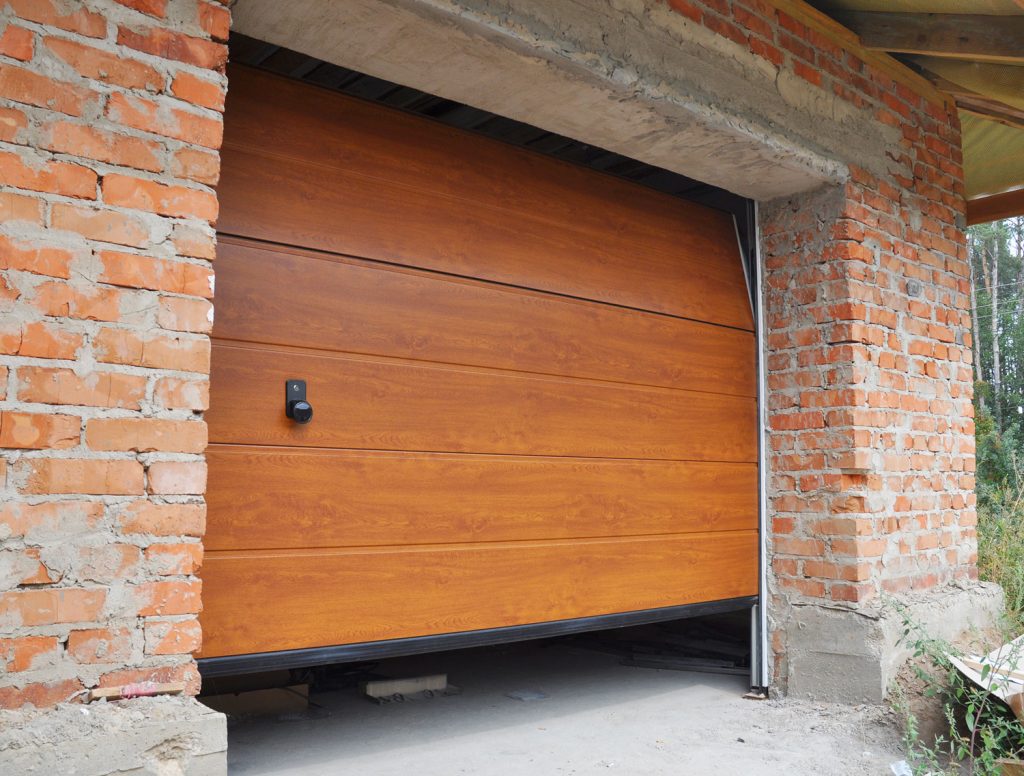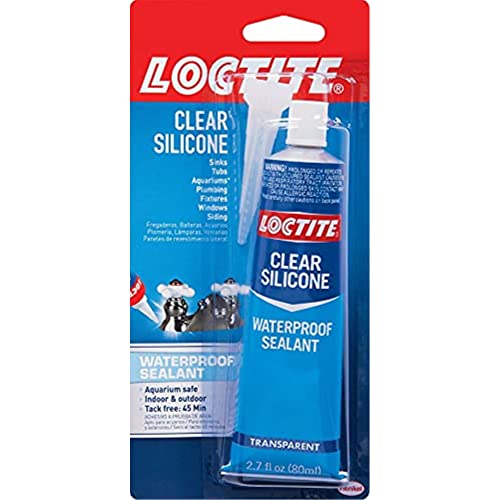Are you looking for tips on how to insulate the sides of your garage door? Perhaps the seals have already worn out, and you need to close the gaps. Well, you've come to the right page. We've asked garage door experts what you can do to fix the issue, and here's what they shared with us.
To insulate your garage door sides, you need to:
- Take off the old seal.
- Clean and smoothen the surface.
- Install the new seal, ensuring that there are no gaps.
- Secure the seal in place using nails or screws.
- Reinforce weatherstripping with a silicone sealant.
- Do the same to the other side.
Keep on reading so we can guide you through each step of the process for a successful DIY project. We'll also tell you how much it would cost to insulate your garage door, the benefits of having an insulated garage, and when it may not be necessary to insulate this part of your property. Let's begin!

How do you insulate the sides of a garage door?

Insulation is very important in a garage, especially when you live in a place frequented by harsh weather conditions. You have to make sure that all sides are properly sealed - from the top, bottom, left, and right so that there's no way unwanted debris can get inside.
However, there can be gaps along the sides of a garage door due to damage, wear and tear, framing issues, or structural shifting. These openings need to be addressed immediately, or the entire insulation of your garage door suffers.
Today, we'll give you tips on how to insulate the sides of your garage door. You can purchase a weatherstripping seal and silicone sealant to accomplish this task. These are readily available on the market. There are no special tools required for this project. You probably have everything you need in your toolbox so you can get started right away.
Check out this garage door seal on Amazon.
Here's how you can seal those sides.
Tools and Materials Needed
- Weatherstripping seal
- Nails or screws (1 1/2-inch long)
- Hammer or power drill
- Utility knife
- Sandpaper
- Silicone sealant
- Crowbar (optional)
Steps:
- Close the door and turn off the garage door opener as a precautionary safety measure.
- Measure your garage door's height and multiply it by two. This is the length of weatherstrip that you need for this project, although we suggest that you leave room for allowance.
- Remove the old weatherstripping seal if there is any. You can use a utility knife or crowbar for this.
- Clean and smoothen the surface with sandpaper. This will ensure that the weatherstripping seal will attach to the sides of the garage door properly.
- Cut the weatherstripping seal according to the length of one side and add some allowance just in case.
- Install the seal by pressing it firmly against the side of the garage door. Use nails or screws. Some kits already come with the hardware that you need, but some don't.
- Don't tighten the nails or screws all the way yet. Make sure first that there are no more gaps throughout the side of the door. Adjust as needed.
- Once all the gaps are covered, you can fasten the nails or screws in place.
- Cut any excess weatherstripping seal.
- Use a silicone sealant to ensure that even the small gaps are covered and reinforce your weather stripping.
- Do the same to the other side of the garage door.
Click this link to find this silicone sealant on Amazon.
This task is very easy, right? Even DIY beginners won't have a hard time accomplishing this task. It'll only take an hour to finish everything, but you'll surely be reaping the benefits for a long time.
How much does it cost to insulate a garage door?

Installing new insulated garage doors is quite expensive. On average, it'll cost you from $900 to $1,800 for the garage door alone. This price doesn't include the installation cost yet, and of course, it can go higher depending on the type and size of the garage door that you choose.
This is why some homeowners opt to do the insulation by themselves to save money, especially if they still have a properly functioning garage door to begin with. This job is made easier because garage door insulator kits can be purchased directly. The average cost for this DIY project is only $200.
The most common materials used for garage door insulators are a radiant barrier, fiberglass, rigid or spray foam, and cellulose. You can choose which one is compatible with your current garage door. All of these are usually easy to install.
It's best to check the R-value of the door insulation material before purchasing. This determines its thermal efficiency. The higher the R-value, the more efficient the material is in preventing heat loss, making it a better choice.
It is also important to consider the added weight of the material to your garage door. Radiant barriers, fiberglass, and rigid foam are lightweight, while cellulose and spray foam can add considerable weight to your door and affect its operation.
This way, you can maximize your savings while optimizing the insulation of your garage door.
Why do you need to insulate your garage door?
Considering the added cost and extra effort needed to insulate your garage door, you might be asking if all of that is really worth it. There are many benefits of doing so. Here are just some of them.
Keep unwanted debris out
It is important to insulate your garage door because it'll help keep off moisture, water, snow, heat, and dirt from getting inside your garage. We all know the damage these can cause once built up. Take note also that insects and reptiles just need a tiny opening to access your garage.
Basically, insulating your garage door will help you get rid of all the elements that you don't want to have inside your garage.
Keep your vehicle safe
When your garage door is properly sealed, you can be sure that your vehicles are safe from the impact of various weather conditions. Remember, extreme cold and heat can affect your car's liquids, battery, and overall performance.
Keep your garage quieter
Insulation will help contain the noise coming from inside your garage. You won't disturb your neighbors when you're doing something in there.
At the same time, noises coming from the outside are kept to a minimum so you can maintain your peace and quiet inside the garage. This is especially important for those who use the garage as a living space or have a room above the garage.
Keep your belongings safe
Everything that you've stored in there is kept safe and won't be subjected to fluctuating temperatures.
Prevent drafts
It is even more important when you have an attached garage, or you use this space as extra living space for your home. It will ensure comfort no matter what the weather is outside, not to mention the savings on energy costs.
Enhance your home's value
A well-insulated garage door increases the home's value and enhances its curb appeal. This means a lot if you're planning to sell your house in the next ten years or so.
When is garage door insulation not necessary?
However, some experts are saying that insulating the garage door is not for everyone. It may not be necessary if you have a detached garage or when you live in an area with a mild climate throughout the year.
Insulation would also not make any sense if you use your garage door multiple times a day or leave it open for an extended period of time as it would give plenty of opportunities for unwanted elements to get inside your property anyway.
You should weigh these factors before installing the more expensive insulated garage door. Or you can also consider insulating the rest of the garage instead, such as the ceiling, interior wall that's shared with another room in the house, and sealing the gaps and cracks around the garage door and windows.
There are plenty of options to choose from depending on your needs and budget.
Final Thoughts

Insulating the sides of your garage door is very easy. Do this as your home DIY project to save huge money not just on the installation but on energy costs and damages that can happen if you allow unwanted elements to pass through even the tiniest opening in your garage.
You may also check the links for some related reading:
How To Insulate Finished Garage Walls
How To Insulate A Bonus Room Above The Garage – 4 Methods To Try


